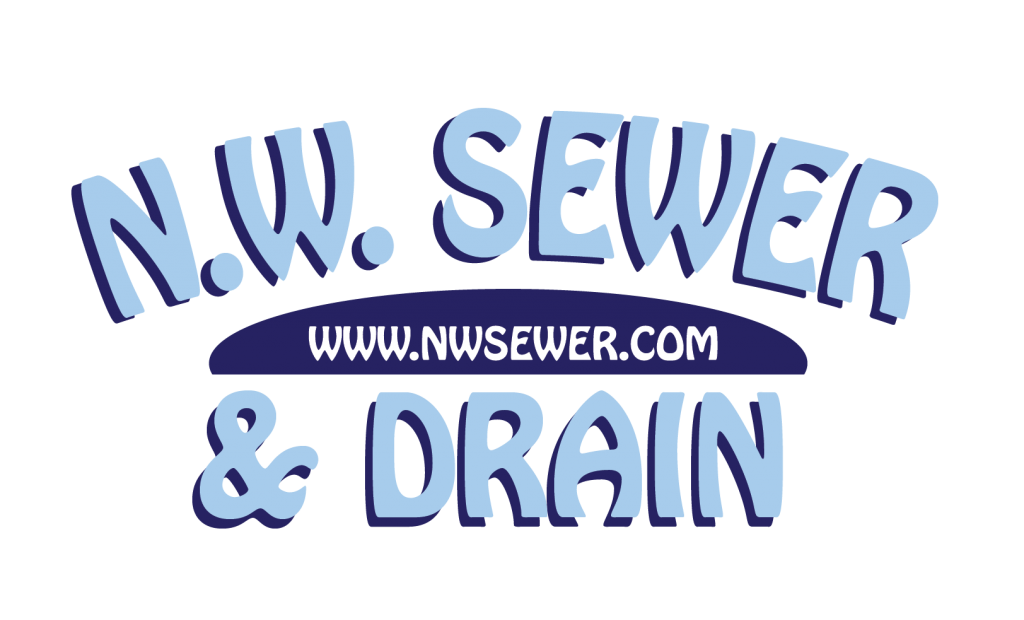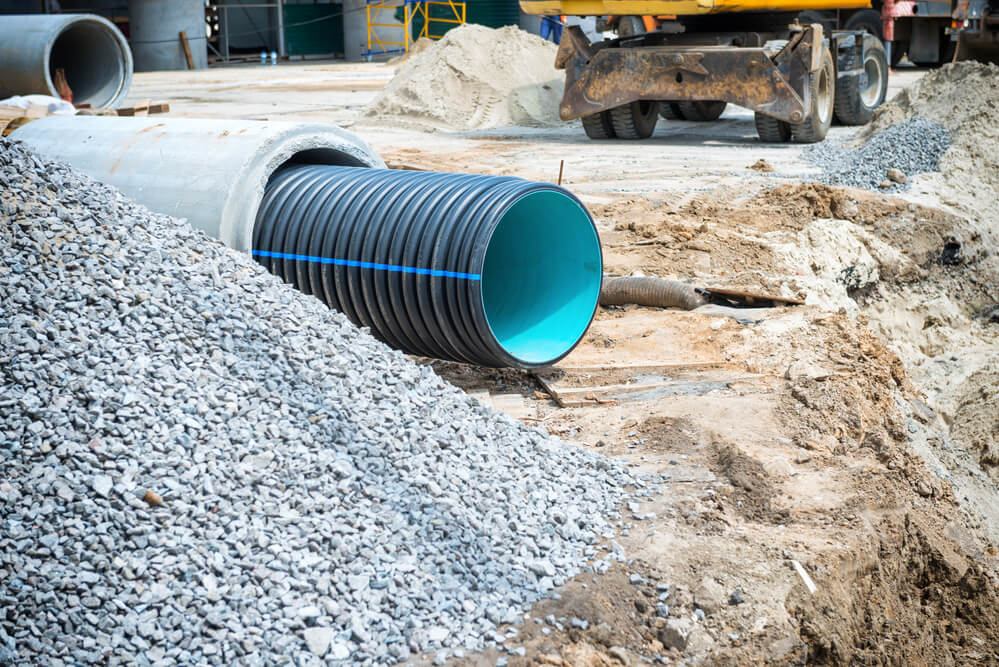Blocked pipes are a common issue that homeowners deal with every now and then. Are you currently dealing with blocked drains? No need to worry; there are a number of strategies to keep clogs out of your drain pipes.
In some cases, the drain pipe could be broken, and might require a more thorough approach to fix them. For broken drain pipes, your local plumbing contractor or sewer and drain specialist will recommend two common and effective methods: pipe relining or pipe replacement.
In this post, we’ll dive deeper into the nitty-gritty of these two sewer line repair methods. In case you’re wondering which is best for your situation, you’ll find the answers here.
Let’s dive in already!
What is Pipe Relining?
Pipe relining is a cost-effective method for fixing broken pipes from the inside out. It is non-invasive and doe not require excavation of the damaged pipe. Pipe relining is an innovative plumbing technology, as the entire process is conducted from above ground. This is why many sewer and drain specialists recommend it today. You don’t have to dig up your lawn and then incur additional expenses for repairs.
How does Pipe Relining Work?
First, the drain specialist will perform a complete sewer line camera inspection using a minimally invasive, special camera. This will help them identify the exact location of the damage in the sewer line and ascertain the extent of the damage. With this knowledge, your local contractor can proceed to repair the broken pipe accurately.
The next thing that happens is that the pipe will be cleaned to remove every form of impurity, debris, or clog. This is very important before inserting the pipe relining procedure begins. Usually, we use the hydro-jetting drain-cleaning method to remove clogs, debris, tree roots, and other stubborn gunk restricting the free flow of wastewater in the pipes.
The actual repair begins with the insertion of an epoxy resin-covered tube into the damaged pipe. The tube is then inflated, after which it will flush with the pipe walls, allowing the resin to adhere to it. The adhering resin then forms a hard layer of protective coating inside the damaged portion of the pipe and seals it. At this point, your sewer pipe will become as though it was brand new. Once the resin has cured, it will harden and form a seal on the inside of the previously damaged pipe.
Disadvantages of Pipe Relining
Pipe relining is a very simple and easy way to fix a faulty sewer line, but it is not applicable in all sewer pipe repair cases. Also, pipe relining is not a permanent solution. It is only a temporary fix, but in many cases, it can be the best solution for a broken pipe. This is why a preliminary sewer line inspection is important.
While it is also cheaper, pipe relining is not applicable in all situations. This is because some pipes can be damaged beyond repair.
What is Pipe Replacement?
Pipe replacement is typically the preferred sewer line replacement method for old damaged pipes that cannot be salvaged due to their wear and tear, leaking, rusting, etc. Like pipe relining, pipe replacement is safe and very efficient. However, it is not as cost-effective as pipe relining. Obviously, in the long run, replacing your old, damaged sewer pipes will pay off. But it costs more to replace a pipe than it does to repair it.
Most homeowners who opt for pipe replacement do so because it is generally considered a safer sewer line repair technique and to prevent further damage to the sewer system. If you suspect that the damage is much, be sure to have your local sewer repair contractor conduct a sewer line cancer inspection to ascertain how big the damage is. Then replace the pipes to fix the issue permanently.
How does Pipe Replacement Work?
Traditional pipe replacement typically involves digging or excavation. This means that you’ll have to deal with the additional expense of fixing your lawn or yard after the repair is completed. Pipe replacement is employed in situations where there is excessive damage to the pipes, tree root invasion, extensive leaking, etc.
To keep the level of excavation to a minimum, the excavation is initiated at the best-estimated point. Remember that this is done after an extensive camera inspection of the sewer line. The procedure is performed by a team of highly-trained and experienced drain and sewer specialists.
Special excavation machines are used to dig up the damaged pipes and lift the concrete blocks. Once the old pipe is removed, a brand new drain pipe is placed into the ground and reconnected back to the sewer line. This ensures the flow of wastewater across your home’s sewer line is maintained at optimum performance.
Disadvantages of Pipe Replacement
While pipe replacement gives you a permanent solution to issues like old, broken, or blocked sewer lines, it has its own downsides. The most significant concern for almost Lil homeowners considering a pipe replacement technique is the cost implication. As mentioned earlier, sewer pipe replacement can be very expensive.
Secondly, the process can be loud and quite invasive. You’ll certainly need to fix your lawn after the repairs. Your garden, sidewalk, or even the entire yard might be affected. Finally, it requires special equipment and can be time-consuming.
Contact Your Local Sewer and Drain Specialist
It is best to consult an experienced local sewer and drain cleaning company to advise you on what method is best for repairing your damaged pipe.
At N.W. Sewer & Drain, we have a well-trained and ready-to-move team on standby. We serve the Seattle metropolitan area, including Bellevue, Kirkland, Shoreline, Renton, Lake Forest Park, Mountlake Terrace, Auburn, Everett, Marysville, Mount Vernon, and other surrounding areas.
N.W. Sewer & Drain provides top-notch drain cleaning and sewer repair services in the greater Seattle area, and we’ve been in the business for nearly 20 years. Contact us today at 206-931-7728 to schedule an inspection of your sewer line and pipes.



